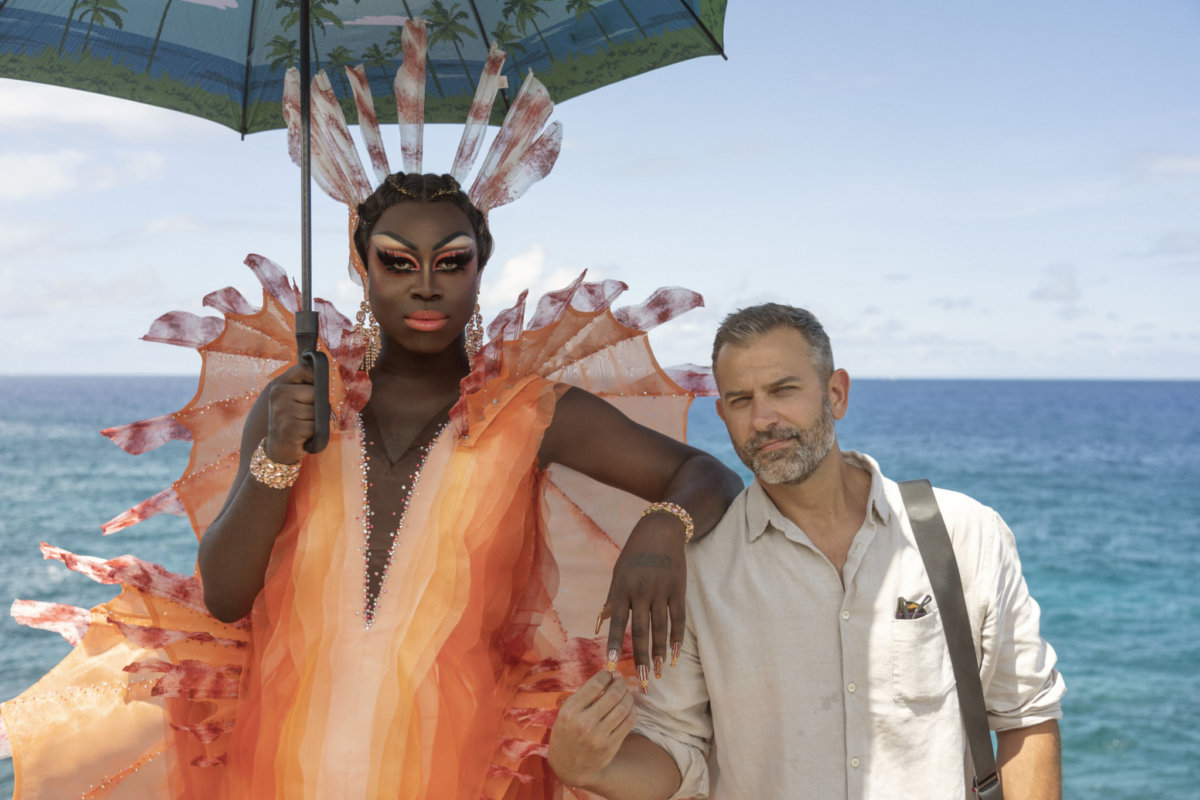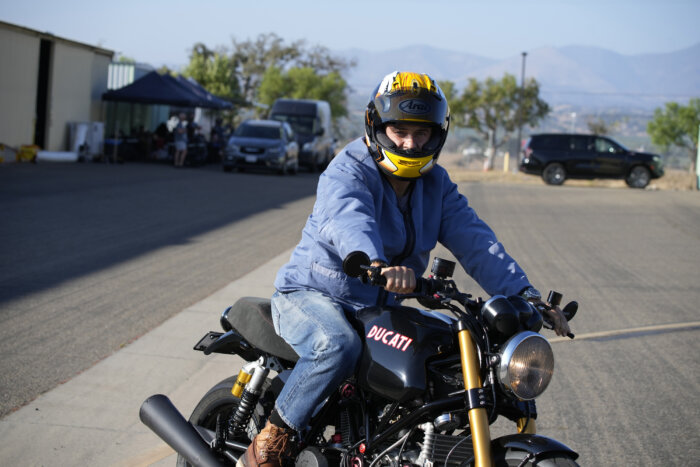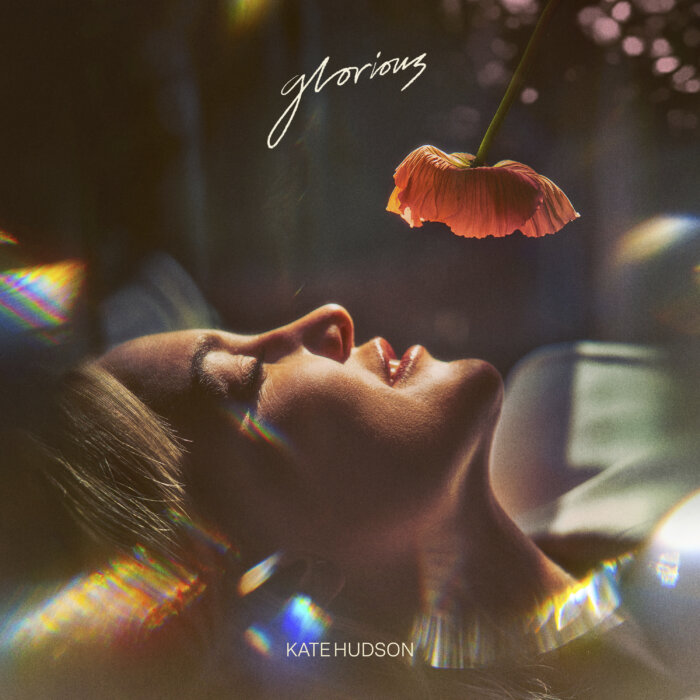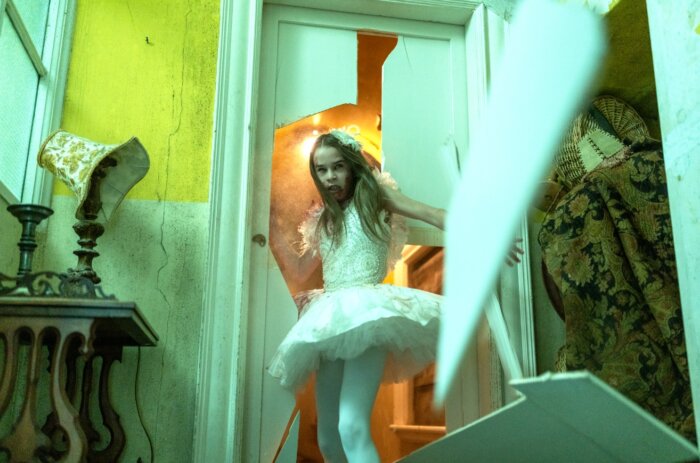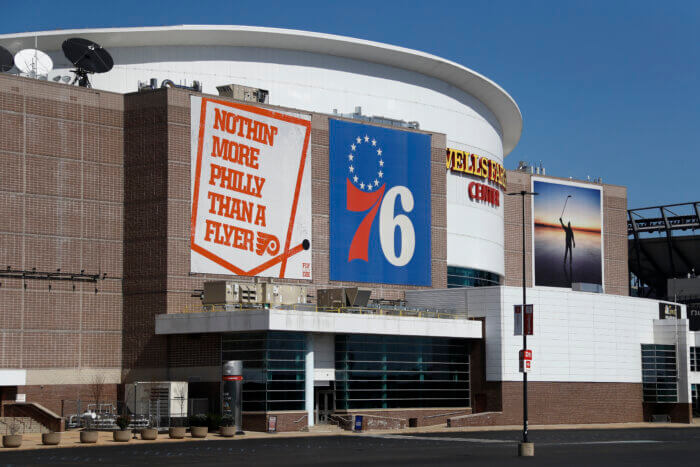By David Kennerley
In March 2020, HBO premiered “We’re Here,” a full-hearted docuseries chronicling a trio of alums from RuPaul’s Drag Race as they deliver a dose of drag empowerment to small-town Americans. It’s a divine mashup of “Queer Eye” and “The Adventures of Priscilla, Queen of the Desert,” with a dollop of “Kinky Boots” for good measure.
Each episode finds Bob the Drag Queen, Eureka, and Shangela descending on a town like Gettysburg, Pennsylvania; Branson, Missouri; or Farmington, New Mexico to stage a drag show, recruiting some of the locals to put on a wig, false eyelashes, and high heels to help let go of their anxieties or prejudices. Many of these folks had never seen a drag queen in the flesh, nor did they dream they’d ever want to.
Due to the raging COVID pandemic, production was shut down while filming in Spartanburg, South Carolina. More than a year later, it’s back with Season 2, which premiered on HBO and HBO Max, appropriately enough, on National Coming Out Day, Oct. 11.
In a recent interview via Zoom, creators Johnnie Ingram and Stephen Warren, who are a couple, recounted how they stumbled upon the concept for “We’re Here.” As they tell it, about three years ago while vacationing in Mexico, it rained so much they ended up binge watching “RuPaul’s Drag Race All-Stars.”
“We love RuPaul,” Warren enthused. But they pondered, “What if we took these drag queens and brought them to small towns? What would the reaction be? We looked at each other and thought it would make a compelling show.”
Neither one had ever developed a TV show, but with Warren’s job as an entertainment lawyer, and Ingram’s background in advertising and production, they certainly were no strangers to showbiz. During a random lunch with a close friend who happened to be a bigwig at HBO, Warren decided to pitch the show on a whim.
“I thought, HBO doesn’t do this kind of stuff, but lemme just see what he thinks,” Warren recalled. “And he goes, ‘I love it! There’s a woman in New York who runs my unscripted division who’s been wanting to do something like this forever. Can I tell her I want this?’ And it happened.”
Ingram, who grew up in a small town in eastern Tennessee, has personal experience with the challenges growing up LGBTQ in these communities. When he left for the big city life, he moved to Chicago and worked in drag bars while going to school. When his mother would visit, she would come to those shows.
“For some reason, any barriers we had about my being gay seemed to dissolve,” Ingram said. “The shows opened the door to so many questions and conversations that we weren’t normally having.”
Bob, Eureka, and Shangela, who refer to themselves as “Drag Mothers” to the “Drag Kids” they are mentoring, also grew up in small communities, so they can instantly relate to the travails these “people of difference” are going through.
In a separate Zoom call, Bob recalled poignant moments from Season 2, which was marked with intense highs and lows. In the Del Rio, Texas episode, a Tejano young man named Esael was so conflicted about expressing his true self, he refused to invite his parents to see him in drag onstage. In fact, he hadn’t even told them he was gay. He was fearful of how his parents, who are conservative and Mexican, would perceive him.
“It’s not about how they would react,” Esael said. “It’s about how they will look at me. I’m gay but I’m still Esael, I’m still their son. I don’t want my sexuality to be the only thing they see.”
Bob was convinced Esael would not come out to his parents, declaring. “Not a snowball’s chance in hell – or in Del Rio, which is very hot.”
“I thought to myself, I’ll just let it go, and maybe he can have this moment with his sister and some friends. But when he announced that he came out to them and they were coming to the show, I was elated. It was touching because I know how much I love sharing the joy of my success with my mother.”
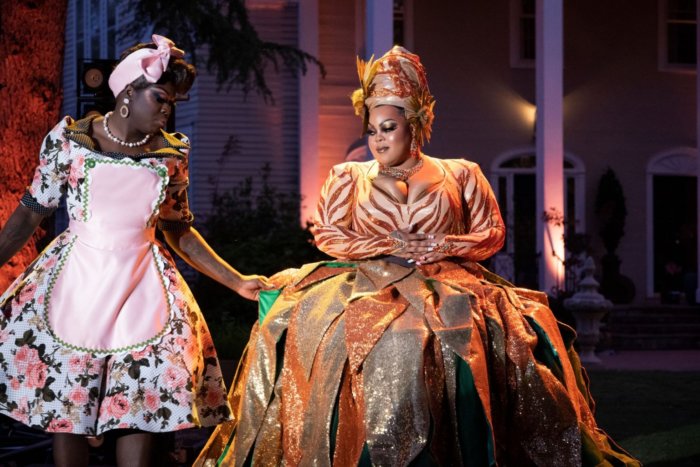
In the Selma, Alabama episode, Bob was overcome with emotion when speaking with a black woman named Lynda Blackmon Lowery who was beaten by state troopers on the Edmund Pettus bridge during the momentous “Bloody Sunday” civil rights march in 1965.
“It was gratitude for being around someone who had endured so much, so that I could be where I am,” Bob explained. “It was also a sense of guilt for having what I have and not having to go through what she went through.”
To be sure, many of these towns are in ultra-conservative, bible-belt regions where “Trump 2020” banners are as common as “Store For Rent” signs. Each Drag Kid they enlist has their own heart-wrenching tale to tell, and many are traumatized. In Spartanburg, the handsome, bearded Noah currently identifies as male and wears traditionally masculine garb, but he’s been grappling with his gender identity. He fears if he expresses his true nature, he might be followed and bashed.
Not that all the Drag Kids are LGBTQ. Some of the recruits are allies and include ex-homophobic mothers, Methodist pastors, and agonized brothers. The Spartanburg episode also follows Olin, who is straight and has a brother who is a drag performer. By shearing off his beard and donning drag himself, he not only can take a walk in his brother’s shoes (in this case, high heels), but he can also identify with what his brother has gone through, and prove his acceptance and support. At one point Olin almost backs out of the show, but after his boffo drag performance, he breaks down in joyful tears. And, as a viewer, so did I.
The Drag Mothers help folks undergo miraculous transformations, and I asked Bob if this experience has transformed him as well.
“I would say yes,” Bob replied. “I do have a much more profound respect for these small towns and the queer people who keep their community afloat.”
Warren explained that when they came up with the show’s title, “We’re Here,” it was like a lightning strike because it was precisely what they wished to communicate. It pays homage to AIDS activist groups from the 1980s and 90s like Act Up and Queer Nation, who chanted “We’re here! We’re queer! Get used to it!”
“It gives us enormous pride that we’re able to honor those who came up with that slogan by putting it onto a series that showcases exactly what everyone’s been fighting for — visibility and respect,” Warren said. He added that he wants these people to “live their lives as honestly, as genuinely, as openly as possible.”
What sets the docuseries apart from other drag-themed fare is the artful production values. Under the guidance of showrunner Peter Le Greco, the cinematography is stunning, beautiful, and often haunting.
“HBO’s given us the tools to make this a very premium show,” Ingram said. “We aim to achieve the grounded, cinematic documentary storytelling style of ‘Paris is Burning,’ one of the most iconic documentaries of all time. And that’s a very high bar.”
Many of the “We’re Here” crew are also LGBTQ. Occasionally a member of the “Glam Squad” appears on camera, applying eye liner, or showing a sketch of a fabulous outfit, to one of the Drag Kids.
“There’s a commonality of purpose that I think elevates everybody’s work on the show because we know, if we do it right, it’s going to change people’s lives,” Warren said. “It’s going to open people’s eyes not through preaching, but from pure demonstrations of love.”
The Selma episode was especially powerful because it explored the relationship between Black civil rights and LGBTQ civil rights.
“I love, on an intellectual and emotional level, to feel the intersectionality of gay rights and trans rights with black civil rights,” said Warren. “We’re all part of the same fabric and we’re stronger together.”
Bob concurs. In the Selma episode, he states that the black struggle is the queer struggle.
“A lot of times people talk about queerness and they really align it with whiteness, which is erasure,” Bob said. “It’s not taking into account that, every step of the way there have been fights for civil rights for black people and civil rights for queer people. And a lot of times there are the exact same people.”
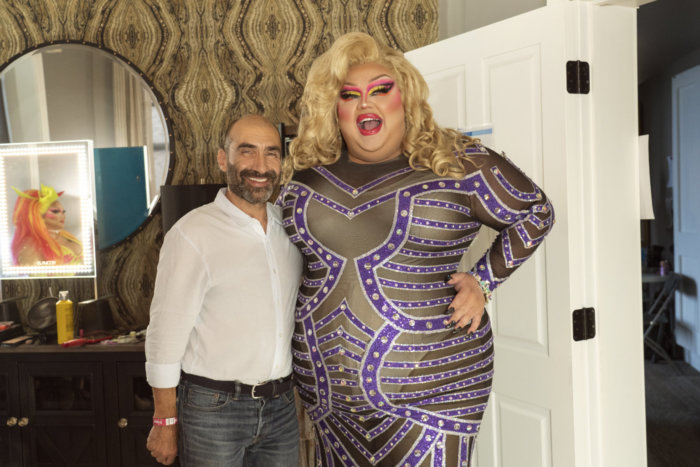
According to Warren, the folks in these towns are gobsmacked when the show chooses to feature them.
“No one believes they’re special, no one,” he said. “They just can’t believe that we would choose Twin Falls, Idaho, or Del Rio, Texas. It’s because everyone is special, everyone can tell their story, and everyone can affect others. And that’s really the whole point of the show is having people interact and make contact with those they would never otherwise. We show how love and connection really does matter.”
While their claims of the therapeutic benefits of transformation and release from performing in drag are all from firsthand observation, it may actually be backed by science. A recent spate of books and articles about trauma suggest that interventions like being active within a supportive community, breaking out of your comfort zone, and participating in a physical activity can actually reorganize your brain makeup and help break the adverse patterns caused by past trauma. Indeed, it’s not a stretch to say that being silenced or maligned due to non-traditional gender or sexual identity is a form of developmental trauma.
When I suggested to Bob that, in a way, he was delivering a kind of therapy through drag, he insisted he’s no licensed therapist.
“We’re just listening to them and connecting on a human level,” he said. “Honestly, the only things I’m an expert in are drag and comedy. Outside of that, I’m just a person having a very human experience in the world.”
This story first appeared in our sister publication, Gay City News.



